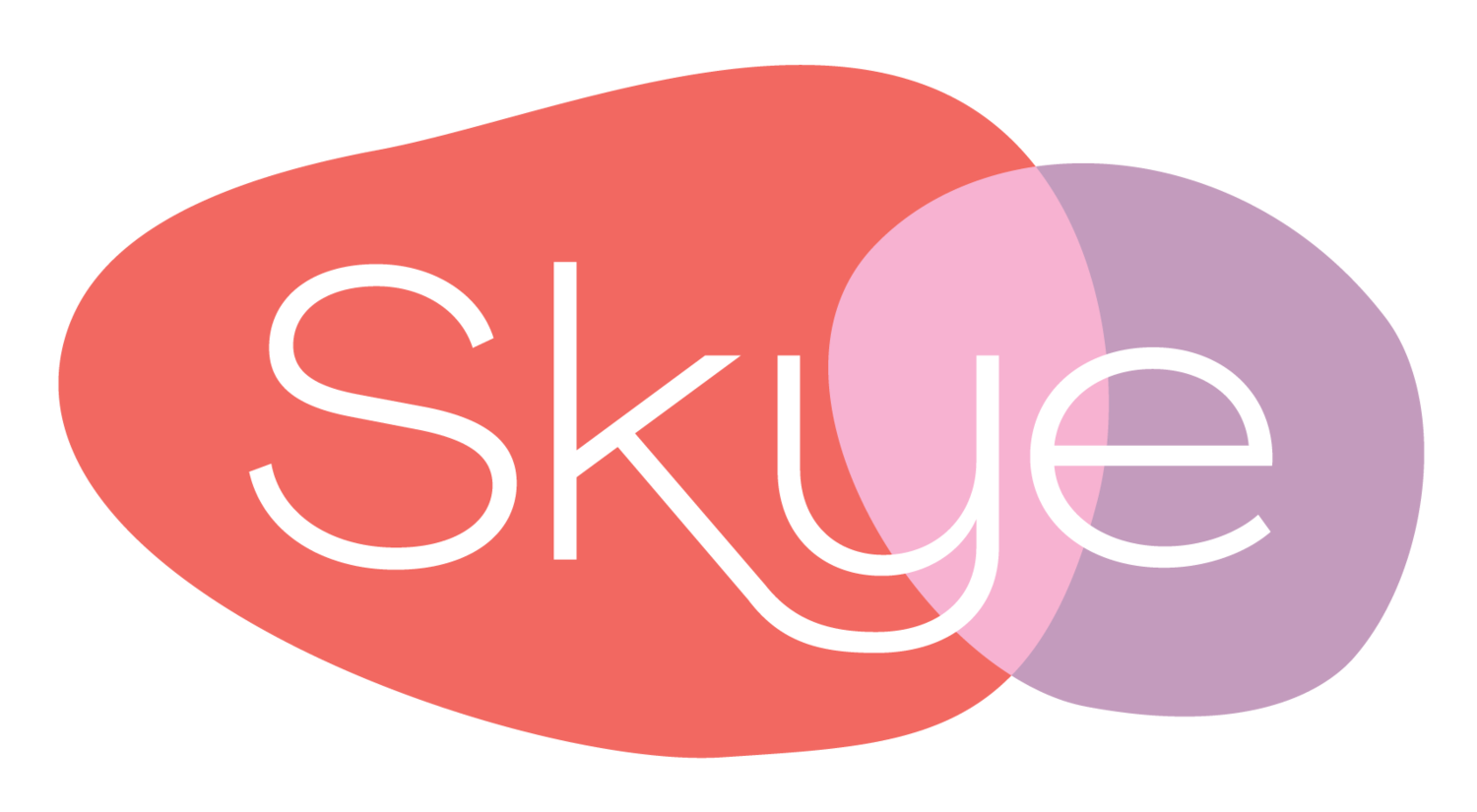Terms you need to know
Income Protection
Provides you with regular income if you are unable to work for a period due to sickness or injury.
Life Insurance
This type of insurance provides a lump sum payment to a beneficiary, third party or an Estate in the event of your death, to clear debt, cover funeral expenses
Total and Permanent Disablement (TPD)
Provides a lump sum payment if you become totally & permanently disabled to assist with out-of-pocket medical expenses, supplement income protection.
TPD upgrade to own occupation
Includes the “own occupation definition” and must be owned outside super as it requires you to be unable to perform your own occupation because of permanent disability.
Trauma
This insurance provides a lump sum payment if you are diagnosed with one of a specified range of critical illnesses or injuries such as malignant cancer, heart attack, stroke or blindness.
Trauma Reinstatement
Allows you to put the original trauma policy back into force 12 months after the initial claim; an exclusion will apply to the medical condition for which the original claim was paid.
Linked Policy
The payout of a claim benefit on this type of policy will reduce a linked benefit.
Stand Alone Policy
The payout of a benefit on this type of policy will not affect any other benefits on the same policy
Indemnity Benefit
The insurer is only required to pay an income protection claim amount based on your pre-disability income (not your income at application time).
Partial Disability Benefits
May be payable until the expiration of the benefit period, where you are able to return to work to perform all the duties of your occupation but only at a reduced capacity, earning an income less that your pre-disability income.
Income Protection Offsets
The amount paid under an income protection claim may be reduced by any other income received at that time in order to keep the maximum income received whilst on claim to percentage indicated in your policy document.
Split or Superlinked
This is a policy ownership structure has a benefit that is split across two separate policies so that premiums for some features of the policy can be funded by super, where allowed by super legislation, with additional upgrades funded personally.
Guaranteed Renewable Policy
Once issued this policy cannot be altered by the insurer, unless non-disclosure (i.e., withholding information) by the applicant can be proved.
Underwriting
The insurers’ process of assessing a comprehensive application form from the life insured which details medical, occupation and other considerations that may contribute to the risk of you making a claim
Stepped Premiums
Lowest initial premium available. Premiums are recalculated on the renewal date of your policy, based on your age, level of cover at that time and general premium increases determined by the insurer.
Level premiums
Smoothing of the increasing costs of insurance premiums, whilst paying higher premiums early in the policy. This is appropriate for holding the policy for the long term.
Insurance Premiums
The amount of money you need to pay the insurer for an insurance policy. This amount reflects what the insurer believes to be the likelihood that you will make a claim along with other costs.

















